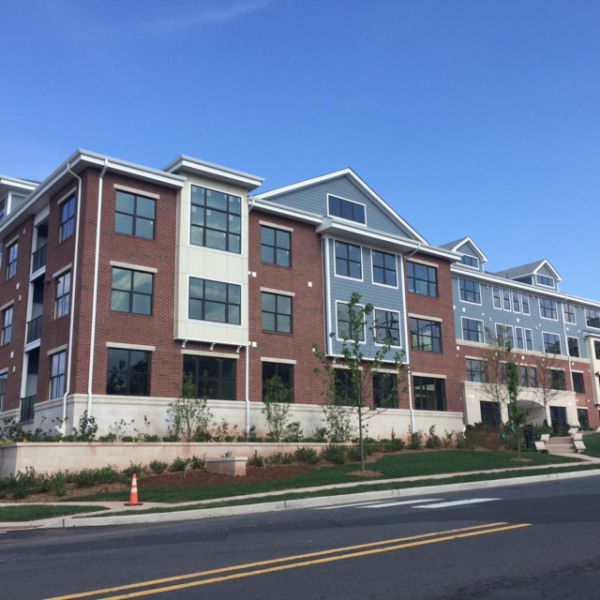By Philip Sean Curran, Staff Writer
Two residential developments under construction close by each other in Princeton are presenting the school district with unanswered questions about how best to accommodate an influx of students expected through the coming school year.
The enrollment issue came up Tuesday at the school board meeting, where officials made no decisions about zoning AvalonBay on Witherspoon Street or Princeton University’s Merwick-Stanworth on Bayard Lane. Combined, they will have around 600 residential units of varying numbers of bedrooms when completed.
In both cases, they already are adding children to the public schools.
“Many of the new enrollments with the younger kids are coming from Merwick-Stanworth,” Superintendent of Schools Stephen C. Cochrane told board members.
He said the district’s demographer had projected that the university development would add 27 students district-wide when it was built out. But with the project half constructed, there already are more than 30, he said.
Mr. Cochrane said those children have been registered for Community Park Elementary School, due to have an enrollment of 356 children in pre-school to fifth grade starting in September. One question facing officials is where children who will live in the second half of the development will go, potentially to Johnson Park Elementary School.
“One thought would be to have those students zoned for Johnson Park,” said Mr. Cochrane, who was unaware of the construction schedule for the development. “It could be coming online during the course of this year.”
“So they’d be trickling in throughout the school year,” board president Andrea Spalla said of the students.
According to the university this week, the second phase of the project is due to be completed this fall. In all, Merwick-Stanworth will contain 326 units in what the university called a townhouse apartment community for faculty, staff and some affordable housing for the public.
Enrollment data released Tuesday for Johnson Park shows room for more children in kindergarten, But the school has higher numbers of students in three sections of second grade, with class sizes around 21 each in 2016-17.
The district has not decided where children living in AvalonBay will be going to school starting in September. The overall 280-unit project will open in phases, with the first residents moving in next week.
“AvalonBay is still a question mark,” Mr. Cochrane said. “So I’m not really sure what our numbers might be.”
The same demographer, he said, had projected the district adding 135 students from AvalonBay. But Mr. Cochrane said an AvalonBay representative had told him that he would be shocked if there are that many children based on his experience with AvalonBay projects in similar towns.
“You see my dilemma,” Mr. Cochrane said at one point during the meeting. “I don’t have any clear predicators.”
He said the district is having parents from AvalonBay register their children at the district office rather than at a particular school. He said there have been a couple of students register for kindergarten — so far.
“I think we’ll be seeing more,” he said.
At Community Park, enrollment is heaviest in the lower grades, with four sections of kindergarten. During the board meeting, board member Dafna Kendal said the enrollment numbers there told her that there is not room for more children. She then asked Mr. Cochrane if that were the case.
“It depends on what grades and how many,” he replied. “If they’re all first grade at (Community Park), yeah, I would have a problem.”
“Originally, I was looking at having Merwick-Stanworth go to (Community Park) and then looking at having AvalonBay go to (Johnson Park) if the numbers were higher,” he said.
From a transportation standpoint, the district already buses some students in the Witherspoon-Clay street area to Johnson Park, he said.
As the meeting went on, school officials reviewed various options at other district buildings to accommodate an influx.
“I know one of the solutions — although not aesthetically pleasing — you see a lot of mobile classrooms. Is that something that we have to look at down the road to potentially address this?” board member Justin Doran asked.
Ms. Spalla said mobile classrooms are not a long-term solution.

